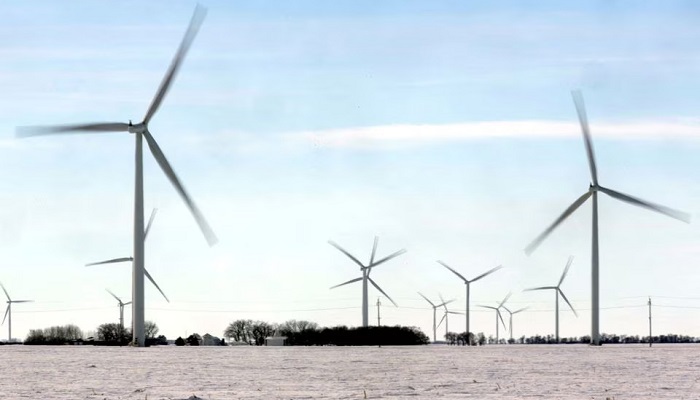As per a recent report, banks gave 81 cents for every dollar spent when it came to financing support to low carbon energy supply across 2021. However, they will have to ramp up the commitments much further in order to ensure that the world hits its climate goals.
There are several climatic situations which suggest that in order to limit the worldwide temperature rise to 1.5 degrees Celsius more than the pre-industry average, the world needs to invest $4 in renewable energy for every $1 that has been invested in fossil fuels by the end of this decade.
BloombergNEF, the energy analysts, compiled data from 1142 banks for what it terms the Energy Supply Banking Ratio to analyse if the banks were aligning their funding to the real economy as well as the 1.5-degree target.
In 2021, the bank funding for energy supply went up to $1.9 trillion, just above the $1 trillion that was spent on fossil fuels, as well as the $842 billion that was invested in carbon energy projects and firms, as per the report. The bank funding ratio was 81 cents to every $1 spent, which was below the worldwide energy supply investment ratio, which came to 90 cents to $1. It is well to be noted that the latter ratio has been rising in recent years, from almost 0.45:1 through 2011 to 2015.
BloombergNEF CEO Jon Moore noted a 15% rise in 2022 in low-carbon investment, and while there is a bounce that is expected to fight the disruption caused by the ongoing Ukraine war, the underlying economics of low-carbon energy supply mean that the growth is going to be sustained.
Apparently, the individual banks’ financing ratios did differ. This report’s findings varied from another study that was published by the environmental groups in January, which particularly said that the banks’ financing share for renewables had stagnated. The research by BloombergNEF took into consideration financing from more banks than other researches.





































